Classic heat stroke
EM SIM Cases
NOVEMBER 20, 2023
WHY IT MATTERS Classic heat stroke is a potentially deadly diagnosis that effects some of the most vulnerable of our populations. There are some key differences between exertional and classic heat stroke management and this case gives the opportunity to practice and discuss these skills.






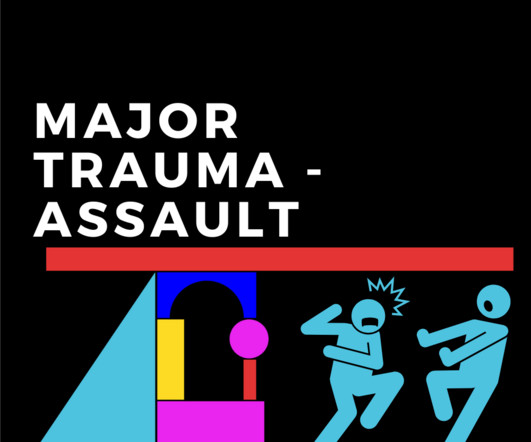

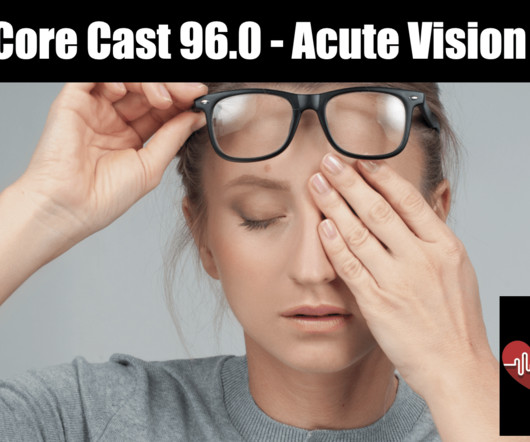







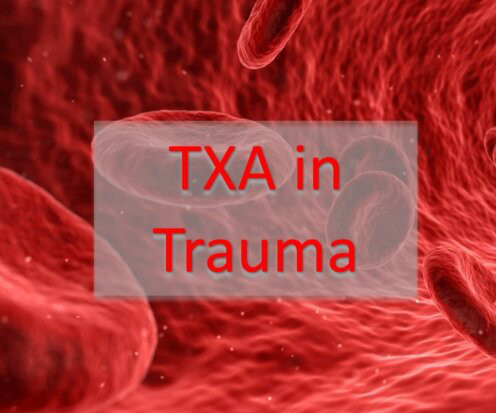






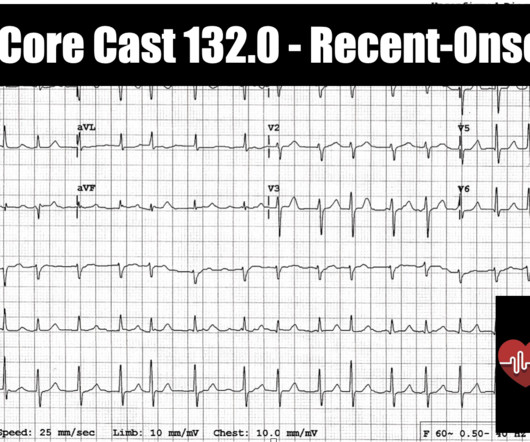
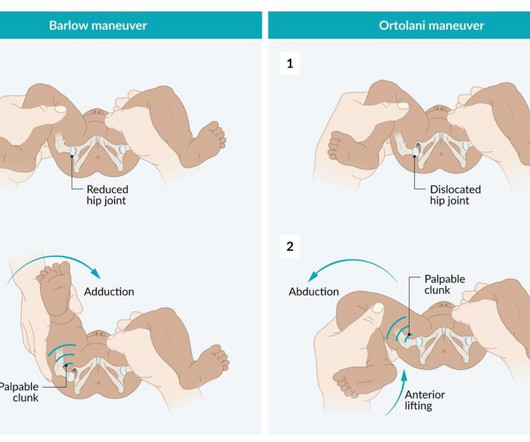






Let's personalize your content